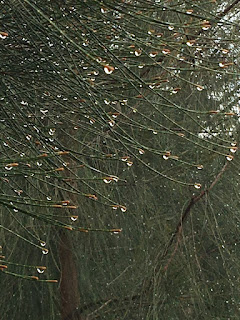Expanding Horizons

Great poetry moves us. It calls us to a deeper place within ourselves and can enable us to dwell there for a time. To dwell where we may attain new insight or allow whatever arises to be okay — be that ; pain, fear, disruption, joy or distress. For me, philosopher/poet David Whyte’s work invites such contemplation. He speaks eloquently of asking invitational questions. Questions which invite us to look deeper, to begin to see more clearly. To recognise that as humans we have a tendency to repeat the same questions, the same patterns. Patterns which can constrain or free. All the great wisdom traditions invite deep exploration, inviting us to open into new questions, to see beyond what we have experienced. To ask if what ‘we know’ is real? Does it continue to serve us? Whyte speaks of threshold places — those times when we are uncertain what to do, which way to turn, how to address what is troubling us. He suggests these are the times to open ourselves to invitational questions,...





